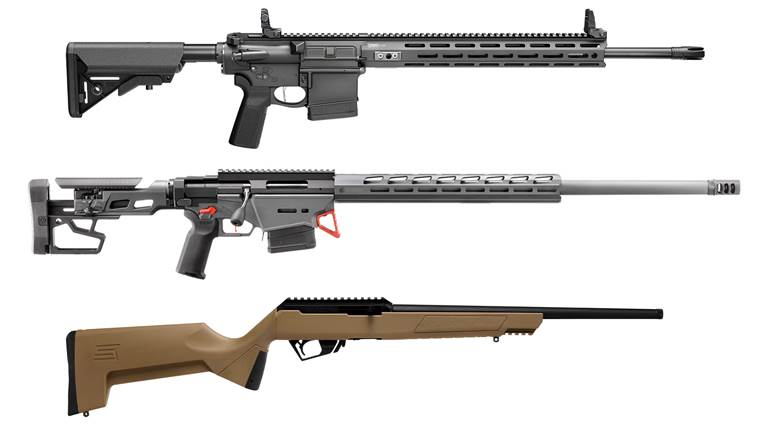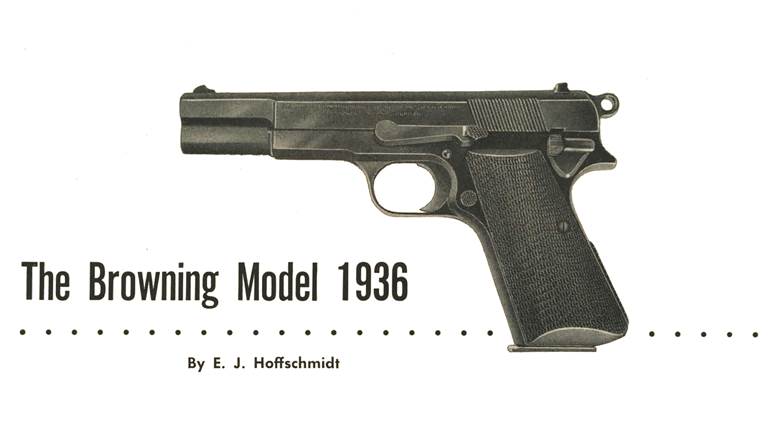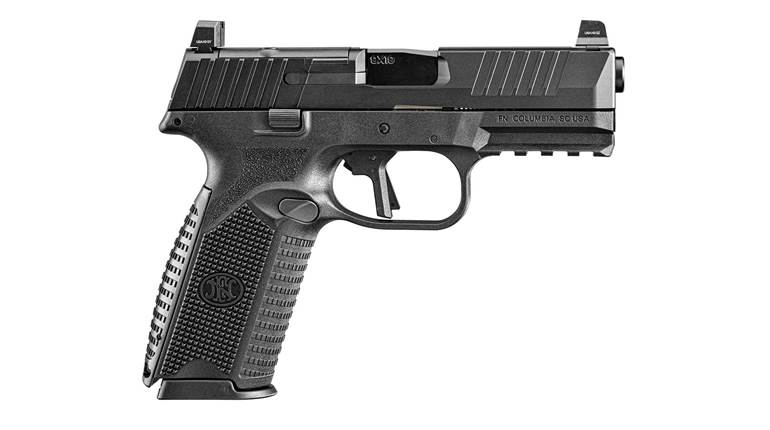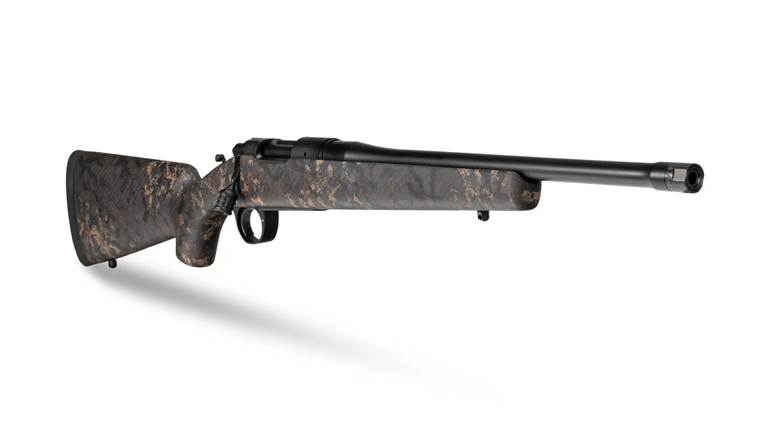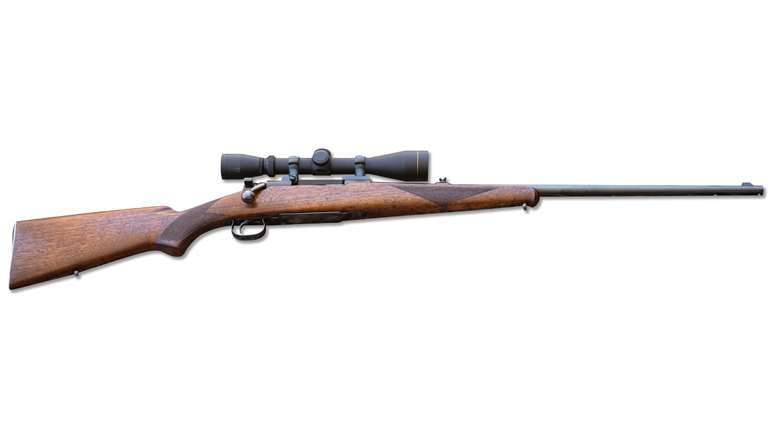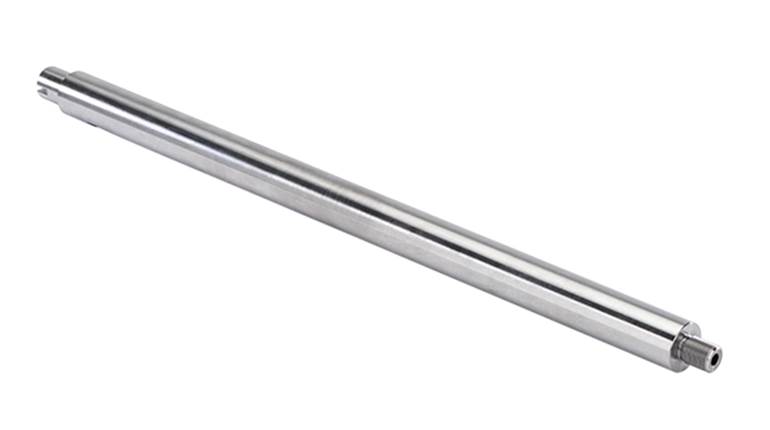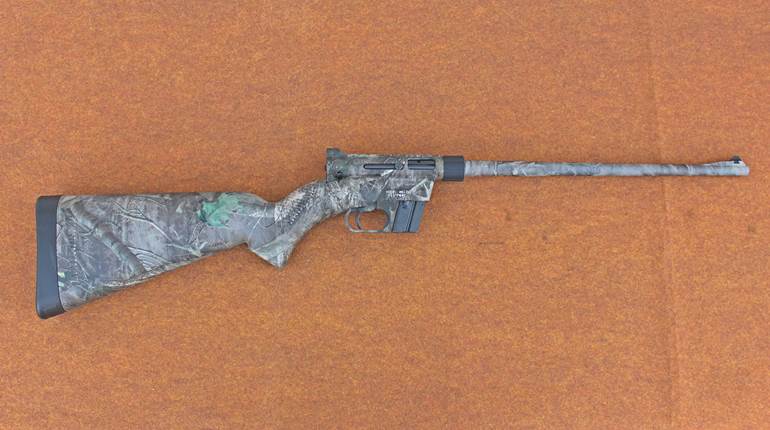
The FAL-pattern rifle is one of the most significant and prolific military rifles of the Cold War era. Developed by Fabrique Nationale (FN), the FAL (Fusil Automatique Léger or “light automatic rifle”) featured modern materials and advanced ergonomics, representing the future in post-World War II rifle design.
The FAL was chambered in the NATO-standard 7.62x51 mm when that chambering was considered standard for so-called “battle rifles.” The result was a fully capable military arm, but one that was both large and relatively heavy.
Illinois-based DS Arms has been a cutting-edge manufacturer of the FAL-pattern rifle, having purchased original tooling, blueprints and parts from Steyr of Austria used to produce the metric-pattern Austrian StG58 FAL rifle.
In fact, DS Arms offers a broad range of FAL variants ranging from precision tactical rifles to handy carbines to entry guns. One of the more intriguing offerings from the Tactical Series is the SA58 Para Tactical Carbine, an entry gun-style carbine featuring light weight and compact length, but still offering the power of the 7.62x51 mm NATO cartridge. The rifle benefits not only from some of FN’s latter-day modernizations of the design, but also some unique innovations developed by DS Arms itself. “Our Para Tactical Carbines are every bit as modern and user-friendly as any new SCAR-type rifle,” says Marc Christenson, DS Arms’ sales manager.
First and foremost of DS Arms’ adaptations of the basic FAL design for the Para Tactical Carbine is a shortened piston-operated gas system. Compared to a traditional FAL gas system and handguard that measures roughly 11-inches long, the Para’s redesigned gas system and fore-end measure 8.5-inches long. The result is an FAL that can employ a barrel as short as 11 inches, making for an extremely compact .308 Win. rifle. However, it still features the same highly adjustable gas system and two-position gas plug—“A” for open and “Gr” for closed—of the standard Austrian FAL.
Although standard FALs feature fixed stocks that house the recoil spring assembly, the Para Tactical Carbine has a folding stock. The Para guide rod and spring are housed in its sturdily built aluminum top cover/Extreme Duty Scope Mount, which can remain on the rifle during disassembly. That allows the Para to be fieldstripped for cleaning without affecting zero. The result is an FAL that has both a folding stock and a scope mount that retains zero.
The carbine we received for testing featured a medium-contour fluted 16 1/4-inch barrel with a Yankee Hill Machine Co. Phantom flash suppressor. The short, plastic fore-end featured a 2 1/8-inch strip of polymer Picatinny rail on its right upper side.
As denoted by its Para moniker, the carbine sported a folding stock assembly. In particular, it featured an optional Ace Ltd. SOCOM buttstock with a five-position length-of-pull adjustment, providing a 2-inch range of movement, actuated through a push button located on the left side of the stock. The cheekweld portion of the stock’s tube features a foam covering. The stock folds along the right side of the receiver and employs a tongue-in-groove locking system. To fold or unfold it, one pushes down on the stock body to unlock it. It locks in both the open and closed positions.
To help keep weight down on the 8-pound, 12-ounce carbine, DS Arms fitted the gun with one of its new lightweight aluminum lower receiver assemblies. A SAW-style pistol grip and an AR-style dual-aperture winged peep rear sight unit round out the features. The carbine’s fit and finish—deep black DuraCoat—were exceptional across the board.
For testing, we equipped the carbine’s scope rail with a Leupold Mark 4 CQ/T, a very good fit for a gun that would be equally at home engaging targets at CQB distances as well as at several hundred yards. We took the carbine out to the range and put it through its paces. Through the course of a few hundred rounds, the Para Tactical Carbine did not experience a single malfunction. Recoil was stout, but manageable. Accuracy was acceptable for a carbine in .308 Win., averaging in the 2 1/4- to 3 1/2-inch range at 100 yards. The handling characteristics of the carbine were excellent, although the 10-ounce scope mount and 17.5-ounce Leupold brought the total weight of the package to nearly 11 pounds.
For those looking for an unabashedly modern take on the revered FAL design in a compact format, DS Arms’ Para Tactical Carbine makes an excellent choice.
Manufacturer: DS Arms, Inc.; (847) 277-7258; www.dsarms.com
Caliber: 7.62x51 mm NATO/.308 Win.
Action Type: gas-operated, tilting lock center-fire semi-automatic rifle
Receiver: upper, 4140 steel; lower, 7075-T6 forged aluminum
Barrel: 16¼", black DuraCoat
Rifling: four-groove, 1:10" RH twist
Magazine: detachable box
Sights: winged flip dual aperture peep rear, winged post front
Trigger Pull: two-stage, 8 lbs.
Stock: Ace Ltd. SOCOM: length of pull, 13¾" to 15¾"; drop at heel, 1½"; drop at comb, 1"
Overall Length: 37¾"-39¾" stock extended, 28½" stock folded
Weight: 8 lbs., 12 ozs. (10 lbs., 14 ozs. as tested)
Accessories: 20-round magazine, adjustable sling, hard case, owner’s manual
Suggested Retail Price: $1,970 ($2,450 as tested)












